The Short- and Long-Term Benefits of Regular Infrared Testing
Businesses today don’t have the time or money to deal with unexpected issues. Some issues may only slow down production for a few minutes or hours, but other larger-scale issues could force production to shut down for days. If nothing else, the benefits of infrared inspection are to help business owners see a potential problem before it becomes a large-scale issue. Certified thermographers can detect issues in electrical equipment, HVAC units, production machinery, building envelopes and roofs. By conducting regular infrared problem prevention testing, business owners will appreciate both short-term and long-term benefits.
Short-Term Benefits of Infrared Testing
Hiring certified thermographers to inspect your building and the equipment can cost some money upfront , but it’s much cheaper than having to replace a component. Even in the worst-case scenario, it’s much cheaper than potentially having to halt production completely for any amount of time. Here are some of the short-term benefits of infrared testing:
- Due diligence on new properties. Purchasing a new property can be stressful, since you never really know how good of shape the building is in. One of the benefits of infrared inspection is you’ll be able to see what areas need attention before you make the purchase. This could include mold issues in the roof or other potentially problematic structural issues with the building.
- Targeted Repairs. Infrared inspections can identify exactly where the root of a problem is. If there’s some moisture getting through a spot on the roof, certified thermographers will be able to see exactly how large the affected area is so the repairs can be limited to that area.
- Find the source of leaks. The human eye can only see so much. If you notice water dripping from the ceiling, you know the roof is leaking, but you can’t immediately see why or where the source of the leak is. Infrared testing can lead you to the source of any leak so it can be fixed permanently.
Long-Term Benefits of Infrared Testing
Most business owners really appreciate the long-term benefits of infrared inspection. Some of those benefits include:
- Lower Energy Bills. When your equipment is running efficiently, or if you don’t have a leaky roof allowing air to escape, you’ll be saving a lot of money on energy bills. Regular infrared testing can ensure this is always the case.
- Reduce unexpected repairs. You don’t have to expect the unexpected when you have regular infrared inspections completed. You’ll be able to identify even the smallest issues early enough where you can get them fixed before a big repair is necessary.
- Avoid major issues. Whether it’s a mechanical failure in a production machine or a building roof failure, these issues can be devastating to a business. Infrared testing is worth the price to pay to avoid these major issues, which could put a serious burden on a business.
Infrared Consulting Services has been in business since 1988 to help business owners eliminate major issues with their equipment or property. To learn more about the benefits of infrared inspection, or to set up an appointment, be sure to contact us.

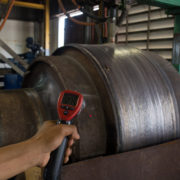
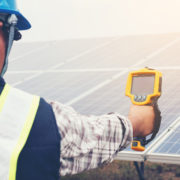
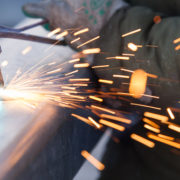
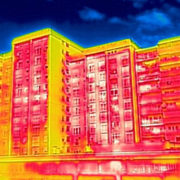
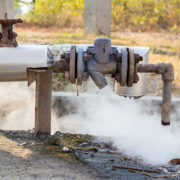
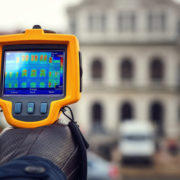

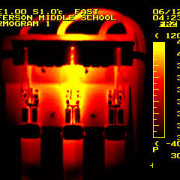

 By detecting problems before they occur and by pin-pointing exactly where problems might exist, Infrared Thermographic Testing has many benefits.
By detecting problems before they occur and by pin-pointing exactly where problems might exist, Infrared Thermographic Testing has many benefits.
 Learn more about our wide range of non-invasive, non-destructive inspection & testing services and if they are right for your needs.
Learn more about our wide range of non-invasive, non-destructive inspection & testing services and if they are right for your needs.
 Founded in 1988, Infrared Consulting Services (ICS) provides professional infrared electrical, NDT and building envelope inspection services nationwide.
Founded in 1988, Infrared Consulting Services (ICS) provides professional infrared electrical, NDT and building envelope inspection services nationwide.